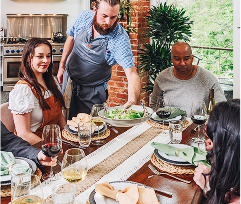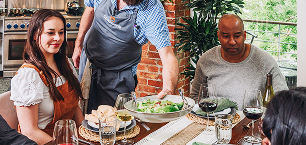A Brief Introduction: The Different Types of Wines Made in Ohio
Ohio is home to many wines, from dry reds to sweet whites. There are 486 wineries in Ohio, making it one of the top 10 wine-producing states in the country. While most people think of California when they think of wine country, Ohio is quietly producing some fantastic wines.
Reds, whites, and sparkling wines are all produced in Ohio, so there is something for everyone to enjoy. Many of the state’s wineries focus on making traditional European-style wines, but several wineries also experiment with new and innovative styles. So, the next time you’re looking for a new wine, don’t forget to check out what’s being produced here in Ohio! You might be surprised at how good it is.
Why learn about different types of wine?
Wine comes from a wide variety of grapes, all of which have different flavors and characteristics. Knowing the different types is the best way for wine lovers to gain a better tasting experience.
For example, Cabernet Sauvignon is a versatile grape, perfect for making red and white wine. It has a fruity flavor with hints of oak, making it ideal for pairing with dishes like New York strip, filet, and prime rib. On the other hand, Chardonnay is a white grape known for its crisp, refreshing taste. It pairs well with fish and poultry dishes and lighter fare such as salads and vegetables. By understanding the different flavors of wine grapes, you can better choose a wine that will complement your meal and enhance your dining experience.
Wine Flavors
One crucial factor in choosing the right wine is understanding its flavor profile. To the untrained palate, all wines may taste the same, but there are many different flavors in the wine that you can enjoy. The three main categories of flavors are fruits, spices, and earthy tones.
- Fruity flavors are the most noticeable and can include everything from citrus to berries. Wines with intense fruit flavors are typically lighter-bodied and have lower acidity levels.
- Spice flavors are subtle but usually include pepper, cloves, and chocolate notes.
- Finally, earthy flavors are often known for their “mineral” or “woodsy” element. These wines tend to be fuller-bodied with higher acidity levels.
By understanding the flavor profiles of wine, you can make a better decision when choosing a bottle.
How is wine made?
The process of making wine is centuries old and involves a complex series of steps.
Step 1: The first step in making wine is to harvest grapes from a vineyard. During this process, selecting only the ripest, healthiest grapes for use in the winemaking process is essential.
Step 2: The grapes are crushed and pressed to extract their juice. This extraction can be done either by hand or with specialized machinery, depending on the finished wine’s production scale and desired quality.
Step 3: The extracted grape juice is transferred into large fermentation tanks, and the yeast is added to start fermentation. This step allows sugars in the grape juice to break down and transform into alcohol, which gives the wine its characteristic taste and aroma.
Step 4: During fermentation, the wine must be carefully monitored and stirred regularly over several weeks or months to ensure that all sugar is fully converted into alcohol while preventing any spoilage or unwanted reactions. Depending on the type of wine in production, this stage may also involve additives such as tannins or certain flavorings that are infused during fermentation or afterward to enhance specific characteristics of the final product.
Step 5: After fermentation, the wine must be carefully aged and stored until it’s ready for bottling or other packaging processes. Depending on various factors like the type or region of origin, this aging period can last anywhere from a few months to several years before a wine reaches maturity and is ready for consumption.
Also Read: The History of Wineries and Vineyards
Types of Wines
Different wines are available globally, each with unique characteristics and flavor profiles. Some of the most popular types of wine include red wine, white wine, rosé wine, sparkling wine, fortified wine, and dessert wine.
1- Red Wines
Red wines are typically darker in color and include a combination of grapes that have been crushed and fermented together. They have bolder flavors that often have notes of fruit or berries and hints of oak from aging in barrels. Some famous red wines include cabernet sauvignon, merlot, pinot noir, shiraz/syrah, and zinfandel.
2- White Wines
White wines are typically lighter in color than red wines and usually include just a single type of grape. They generally are fermented more quickly than red wines to preserve their fresh flavors and aroma – which ranges from fruity to floral depending on the grape variety. Some famous white wines include chardonnay, riesling, sauvignon blanc/fume blanc, Moscato/muscat blanc de Gris/muscadet de sevre et Maine-Atlantique (MSA), gewürztraminer.
3- Rosé Wines
Rosé wines are somewhere between the colors of white and red wines – they tend to have a particularly vivid pink color thanks to being made by leaving crushed grapes on their skins for a short period before fermentation begins. Rosé wines have flavors that vary widely based on the winemaking method used, but in general, they tend to be light-bodied with refreshing acidity and notes of fruit or flowers. Some popular rosé choices include grenache noir (grenache) or tempranillo (tempranillo).
4- Sparkling Wines
Sparkling wines are generally white or rosé in color and are made by fermenting wine with yeast so that it has some fizziness – this process is called “carbonation.” The bubbles in sparkling wines come from carbon dioxide gas produced during fermentation. Sparkling wines can be sweet or dry in taste depending on whether they go through a secondary fermentation with additional sugar before bottling. They also vary in texture due to:
- differences in maturation time before release, and
- when they were bottled relative to when they were produced.
Popular sparkling options include cava brut nature (cava) and better-known sparkling varieties such as champagne (champagne) or prosecco (prosecco), among others.
5- Fortified Wines
Fortified wines are those that have had extra alcohol added during production to make them stronger – this process is called “fortification.” Fortified drinks come from adding distilled spirits like brandy or sherry into the mix while fermenting the original base juice. This spirit serves as the main preservative for these drinks since alcohol prevents spoilage by killing off microbes. Once added, the alcohol prevents further fermentation. So, if it’s added before the fermentation process is complete, it produces a sweeter variety of wine than usual. Common examples of fortified wines include port, vermouth, sherry, marsala, and Madeira.
6- Dessert Wines
Dessert wines are naturally sweetened through extended fermentation periods after initial production or through further fortification, like adding extra brandy after finishing the winemaking process. They generally contain high levels of residual sugar since the alcohol kills off the fermenting bacteria during the fermentation process. Dessert options include late-harvest zinfandel, icewine, and tawny port.
Also Read: Top Wineries and Vineyards in Ohio | Wine Trails
Popular Wines in Ohio
To make the most of Ohio’s wine-growing climate, many wineries in the region have focused on planting popular varieties like Riesling, Chardonnay, Cabernet Sauvignon, Cabernet Franc, Pinot Gris/Grigio, and Pinot Noir. These varietals are known for their rich flavors and characteristic aromas, distinguished by their bright acidity and complex fruit profiles.
- Riesling is one of the most prominent wine grape varietals in Ohio due to its high acidity and floral aromatics. This grape is generally vinified dry or off-dry with notes of green apple, peach, apricot, honeydew melon, and mineral.
- Chardonnay is another popular varietal that thrives in Ohio’s climate thanks to its balanced acidity and smooth finish. This varietal also has excellent flavor ranging from citrusy to nutty or tropical fruit notes like pineapple or mango.
- Cabernet Sauvignon is typically full-bodied with a bold tannic structure and complex flavors of cherry, currant, black pepper, and tobacco.
- Meanwhile, Cabernet Franc tends to be lighter-bodied with earthy solid notes that can include vegetal characteristics and herbaceous overtones such as eucalyptus or mint.
- Finally, Pinot Gris/Grigio wines tend to be medium-bodied with crisp acidity and hints of stone fruits such as peaches or nectarines. These wines can also exhibit subtle aromas of fresh flowers like lilac or rose petals.
Wineries to visit in Ohio
1- Rainbow Hills Winery
Rainbow Hills Winery in Newcomerstown, OH, is a family-owned business that has been around since the mid-1980s. The vineyard is picturesque, situated on a hillside overlooking the Tuscarawas River Valley. The winery produces a wide variety of wines, from dry reds to sweet whites, and they offer wine tastings and tours of the premises.
2- Laurentia Winery
Laurentia Winery in Madison, OH, is located on a historic farmstead that dates back to the 1800s. The property includes:
- A beautiful old Victorian farmhouse.
- A quaint pond.
- Rolling hills dotted with grapevines.
The winery produces about 12,000 bottles of wine annually and offers tastings and tours of the grounds.
3- Harpersfield Vineyard
Harpersfield Vineyard, Geneva, OH, is situated on a 20-acres farm – with the Harper family for over 200 years. The vineyard plantation started in 1998, and in 2002, the first vintage got released. The winery specializes in dry red wines from Cabernet Franc and Merlot grapes. They offer tastings and tours of the vineyard by appointment only.
4- Vermilion Valley Vineyards
Vermilion Valley Vineyards, Wakeman, OH, is located on a 120-acre farm with the Vermilion family for over 150 years. The vineyard was planted in 2000, covering about 30 acres of land. The winery produces various red and white wines plus fruit wines from grapes grown on the property. They offer tastings and vineyard walks by appointment only.
5- South River Vineyard
South River Vineyard in Geneva, OH, is set on 70 acres of land overlooking South River Lake. The vineyard was planted in 2002 and currently covers about 15 acres. They specialize in creating small-batch wines using traditional methods and offer tastings and tours of the grounds by appointment only.
6- Valley Vineyards
Valley Vineyards in Morrow, OH, is a family-owned business established in 1972. The vineyard covers about 200 acres of land, and the winery produces about 100,000 bottles a year. They offer tastings and tours seven days a week throughout the year.
7- Firelands Winery
Firelands Winery in Sandusky, OH, is located on the shores of Lake Erie in a historic building that dates back to 1858. The building was initially used as a safe house for runaway bondsmen on the Underground Railroad. Today, the winery produces about 15 kinds of wine using grapes grown both on their property and in nearby vineyards. They offer tastings daily as well as tours of their facility upon request.
8- Debonne Vineyards
Debonne Vineyards in Madison, OH, is situated on 175 acres, including farmland and forestland preserve areas. The vineyard plantation began in 1978 and today covers about 85 acres of land with over 30 different grape varietals planted there. In addition to producing their wine labels, they also provide custom crushing services for other Ohio wineries. They offer public tastings daily and private group tastings by reservation only.
9- Gervasi Vineyard
Gervasi Vineyard, Canton, OH, is set on 55 manicured acres just northeast of Canton city limits. This fine dining destination grows 14 varieties of Italian vines yielding 40 tons annually, bottling ten varietals each vintage (April). Meet new friends while sipping award-winning vintages made exclusively from grapes grown at Gervasi, then enjoy delectable cuisine prepared fresh from an Old World-inspired menu highlighting locally sourced ingredients whenever possible.
10- The Vinoklet Winery
The Vinoklet Winery is located in Cincinnati, Ohio, and offers a variety of red and white wines. It was first planted in 1986 by Kreso Mikulic. Visitors can tour, learn about winemaking, or enjoy a glass of wine in its beautiful settings. The Vinoklet Winery also features a restaurant that serves German-inspired cuisine. In addition to wines, the restaurant offers a variety of beer and cider. The Vinoklet Winery is excellent for relaxing and enjoying some of Cincinnati’s finest wines.
Also Read: Complete guide for visiting top wineries in Ohio
Conclusion
In conclusion, many local and exotic wines are available in Ohio, and it’s a great place for wine lovers. The climate and soil in Ohio are ideal for growing grapes, and the state has a long history of winemaking. As per TTB Alcohol and Tobacco Tax and Trade Bureau, there are nearly 490 wineries in Ohio, producing a wide variety of wines. Whether you prefer red or white, dry or sweet, you’re sure to find a wine to suit your taste in Ohio. So next time you plan a wine tour, add Ohio to your list of destinations. You won’t be disappointed!



 Settings
Settings
 Gift Card
Gift Card Blog
Blog Locate Us
Locate Us

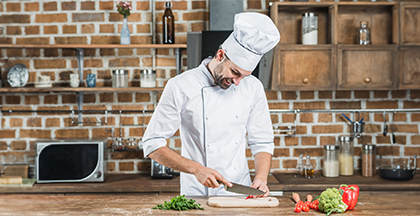

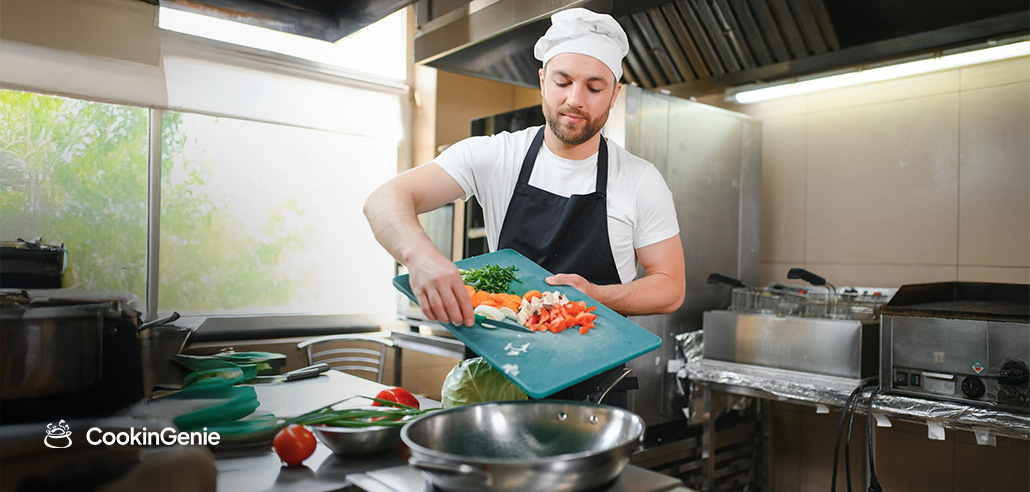
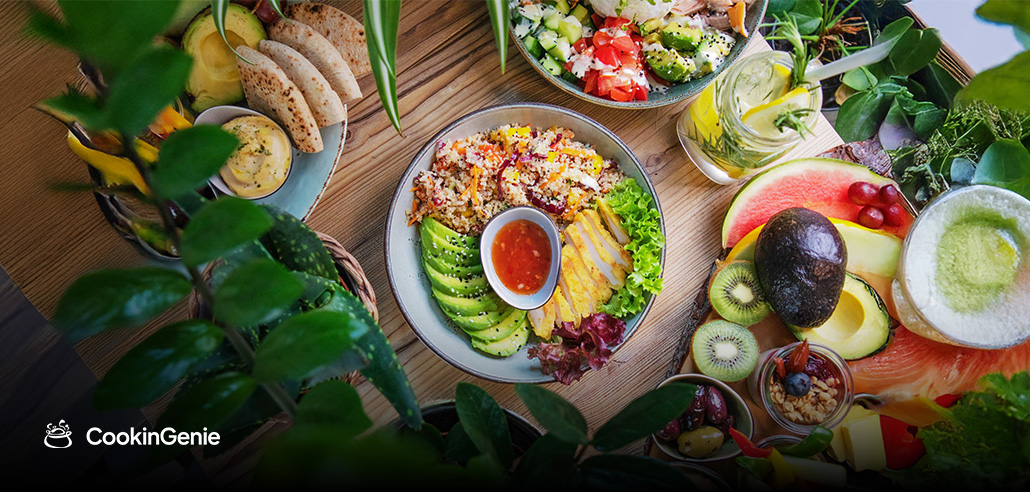

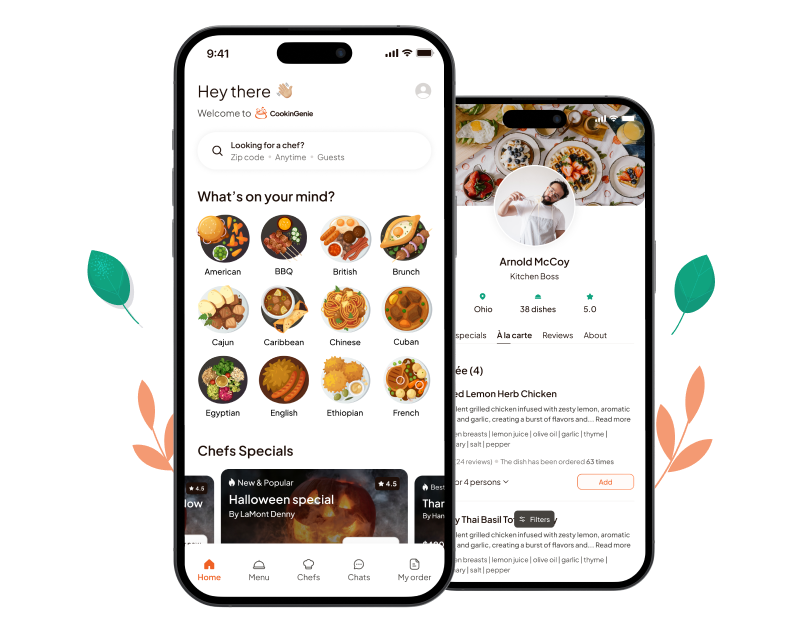



 Home
Home
 Chefs
Chefs
 Chats
Chats
 My Order
My Order


